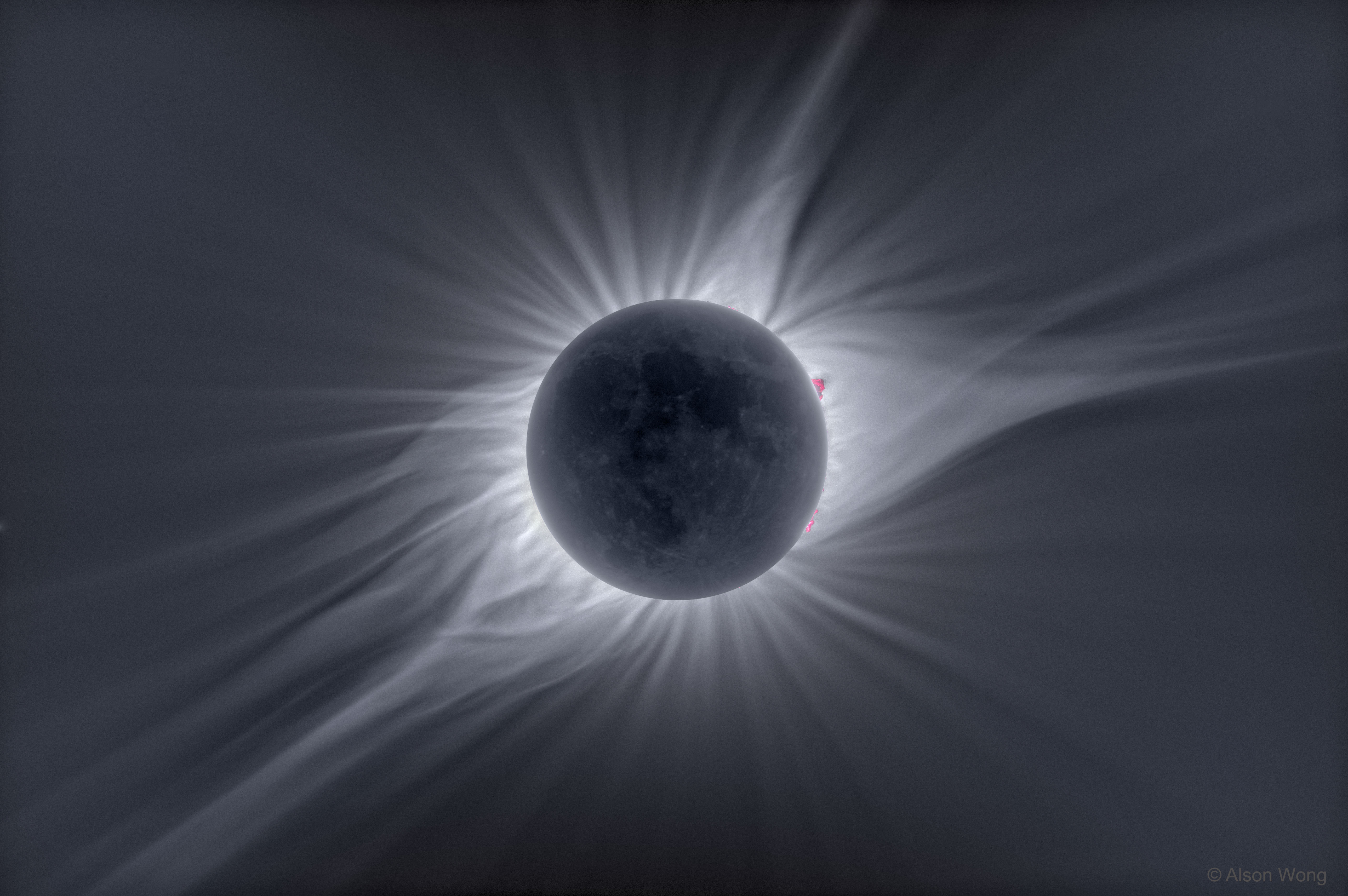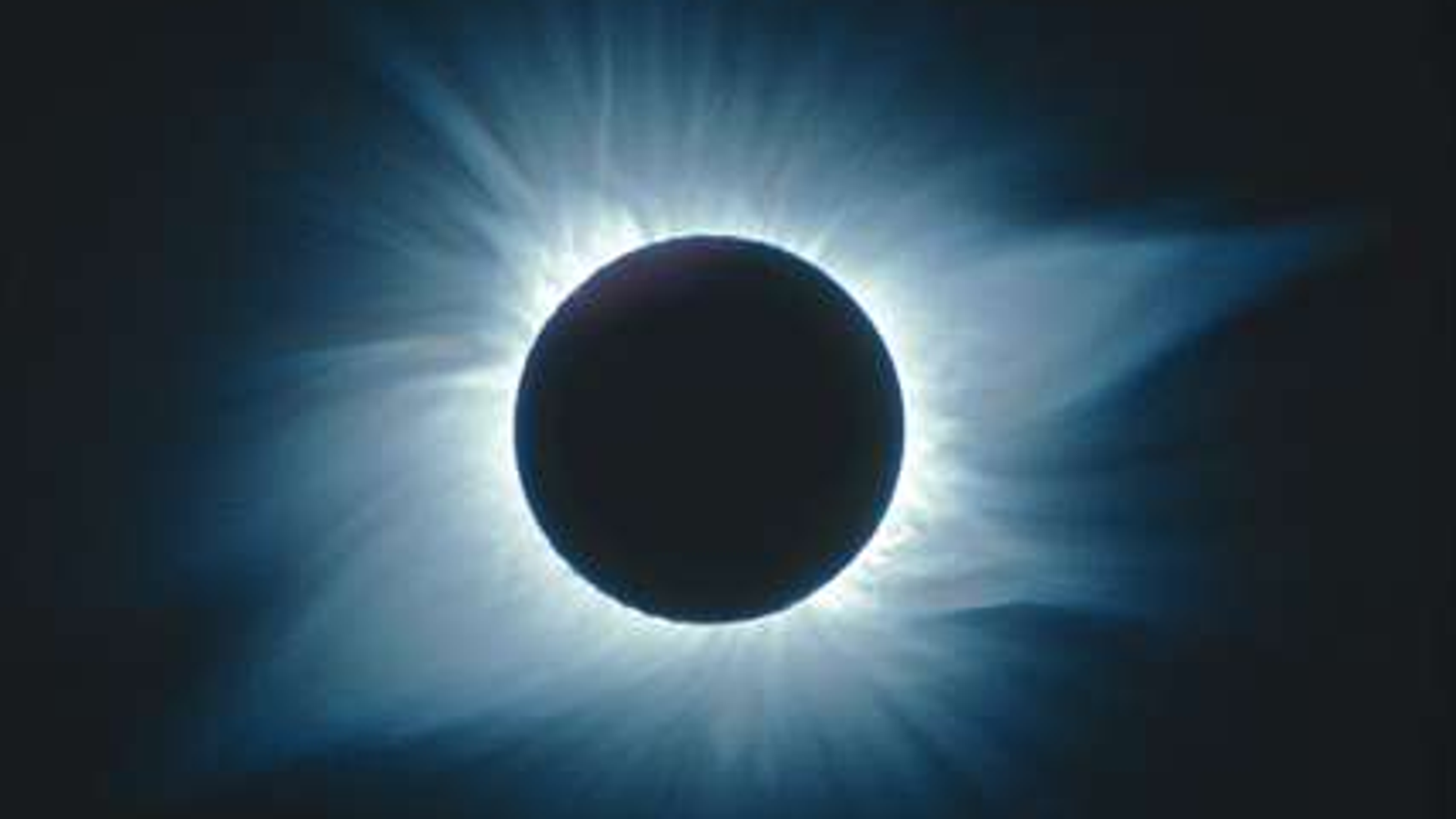

NASA’s Parker Solar Probe, launched in 2018, will measure the magnetic field from within 6 million kilometers of the sun’s surface ( SN: 7/21/18, p. Plasma tendrils erupting from near the sun’s surface might transfer energy to the corona in conjunction with magnetic field realignments ( SN: 12/7/19, p. Theories suggest the sun’s magnetic field somehow shifts solar energy to the corona, more than 2,000 kilometers above the sun’s surface. We still don’t know how the corona, the sun’s outer atmosphere, reaches such extreme temperatures. Some observers will seek to determine … the nature of the heating mechanism and the possible role of magnetic fields in keeping hot regions separated from cool ones. The temperature of the main body of the sun is about 6,000° Celsius, but the temperature in the corona goes up to millions of degrees. The full-resolution version of the Suns corona, as captured by the Solar Orbiter probe, can be viewed online here. This year’s eclipse an important opportunity for observation…. The purple depicts hydrogen gas at 10,000☌. The red rim can be seen when this H-alpha burns at a high temperature during a total solar eclipse.An accommodating sun, Science News, Febru– It is the H-alpha emission which actually gives the chromosphere its reddish colour. The spectrum of chromosphere has emission lines, with H-alpha lines being the strongest of emission lines. The rotation of the Sun, with a period of about 25 days, has little or no effect on the radial motion of the coronal gas, but it introduces a pronounced spiral. The spicules are long and thin finger-like gaseous spikes which rise through the chromosphere. The corona displays a variety of features including streamers, plumes, and loops. One of the important features of the chromosphere is the presence of spicules on its edges. It is visible during total eclipses of the Sun as a pearly white crown surrounding the Sun. The Sun appears to have been active for 4.6 billion years and has enough fuel to go on for another five. The temperature of photosphere, for instance, decreases as it moves away from the Sun. The corona can only be seen during total solar eclipses. The temperature rises as chromosphere moves farther away from the Sun unlike other objects of the solar system. The corona can be seen only during solar eclipses, when the main radiation from the Sun's surface is blocked by the passage of the Moon or with special instruments. During the total eclipse, the moon hides the photosphere and makes way for the reddish chromosphere to be seen.Ĭhromosphere’s temperature ranges from 6,000 to 20,000 degree Celsius. The corona has been found to emit X-ray radiation (the corona is a plasma at temperatures greater than a million degrees a plasma will radiate a lot of X-rays). The chromosphere, thus, can be only seen during a complete solar eclipse.

It is normally not visible because its density is very low and due to the excessive brightness of the photosphere. Specifically, how did the gas giants - Jupiter, Saturn. It is about 2,000 to 3,000 kilometres deep, which is located immediately above the photosphere and just below the corona. Science articles on Sunspots and the Suns Corona evidence the Sun has a companion star.
#GAS OF SUN CORONA FULL#
In total, the final image contains more than 83 million pixels in a 9148 x 9112 pixel grid, making it the highest resolution image of the Sun’s full disc and outer atmosphere, the corona, ever taken.

Composed mostly of electrons and the bare nuclei of hydrogen and helium atoms, it is the launchpad for the solar wind the stream of charged particles that escape the corona and wash over the planets, eventually petering out at the threshold to interstellar. Out of the three layers of the Sun’s atmosphere, chromosphere is the second one (with photosphere being the first layer and corona as the third).ĭescription: As the name suggests, chromosphere literally translates into ‘sphere of light’. The Sun as seen by Solar Orbiter in extreme ultraviolet light from a distance of roughly 75 million kilometres. That glow is the solar corona, the sun’s tenuous upper atmosphere of ionized gas. The question of why the solar corona is so hot. It is actually the transition between corona and the photosphere. Hence, they concluded that the coronal gas is extremely hot with temperature more than 1 million degrees. Composed mostly of electrons and the bare nuclei of hydrogen and helium atoms, it is the launchpad for the solar wind the stream of charged particles that escape the corona and wash over the planets, eventually petering out at the threshold to interstellar space. Definition: Chromosphere is a reddish and glowing layer of gas above a star’s (or Sun's) photosphere. That glow is the solar corona, the sun’s tenuous upper atmosphere of ionized gas.


 0 kommentar(er)
0 kommentar(er)
